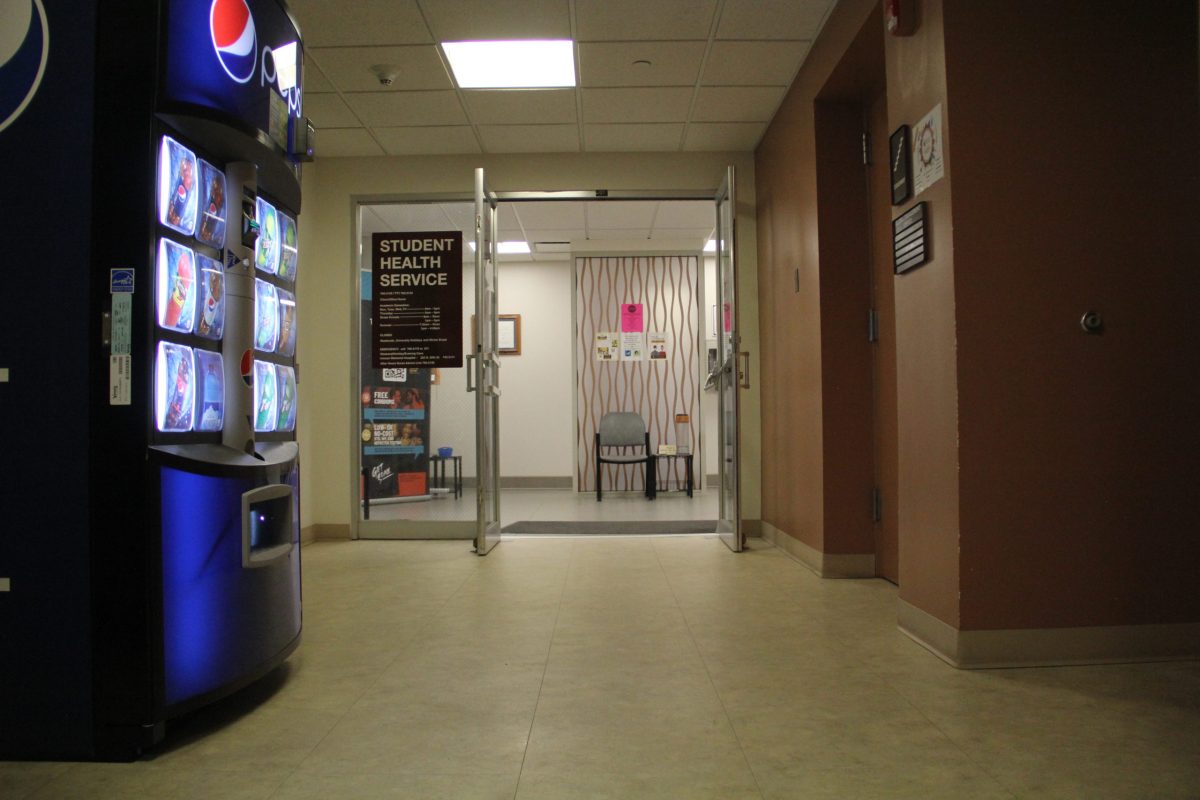Student Health Insurance needs to be reevaluated – The Branding Iron

Student Health offers health insurance to all students, but doesn’t always address all student needs. (Photo by Rylee Maurer)
College is a time for growth and development, but for students responsible for their own health, moving on to college can unleash loads of stress, confusion, and frustration.
While the 2010 Affordable Care Act allows young adults to stay on their parents health insurance until they are 26, some students are simply not afforded that luxury.
According to the Centers of Medicare & Medicaid Services, about 30% of young adults are uninsured and one in five of all people without insurance are young adults.
Moreover, young adults have the lowest access to employer-based insurance, due to the fact that most young adults typically hold either entry-level jobs, part-time jobs, or work for smaller businesses.
Given the pay of those jobs, too, young adults are unlikely capable of affording health insurance off of the healthcare marketplace.
On top of the challenges of college coursework, scheduling appointments, obtaining supplies, supervising symptoms, and financing, medical bills may become the responsibility of a student if they are not covered by their parents or an employer’s plan.
The University of Wyoming charges $1,241 per semester for domestic students seeking coverage, according to the current plan outlined by the 2021-2022 Student Injury and Sickness Insurance Plan Brochure.
While a student with an insurance plan through Student Health can certainly go to Student Health without paying any additional charges, there’s only so much that Student Health does for students.
Paige Osborn, a graduate student in the Department of Zoology and Physiology, has been using student health since her sophomore year of college.
“If I went in with strep, they do that test. Or the flu, they do that test and then they can do physicals and regular gynecology check-ups and STD testing and stuff like that. But when I had to get my IUD inserted, I had to be referred somewhere else because they don’t have that available to them.”
The problem arises when students are faced with emergency situations.
“In the summer of 2022, I had to get a concussion scan. Work needed it right then and there. I couldn’t just go into Student Health expecting them to scan for a concussion. As soon as possible, I had to go to Urgent Care and then I had to pay $265 out of pocket because I didn’t get a referral,” Osborn said.
For some college students, paying for expenses such as rent, tuition, and books is typical and a job is essential to survival. According to the National Center for Education Statistics, 43% of full-time undergraduate students were employed in 2018.
But when a health insurance plan is added to the list, a plan that may not even cover you in an emergency, the debts may pile up.
In situations such as Osborn’s, a health insurance plan that doesn’t cover emergency situations might not allow an individual to work, which means they lose income, which means they may not be able to pay for a roof over their head and food on the table.
I’m not asking that health insurance be free. I’m not asking that UW provide world renowned care, for little to no cost.
But what I am asking for, is that those in charge of taking care of UW students consider that emergencies happen, and they should not detrimentally impact someone trying to obtain an education.




